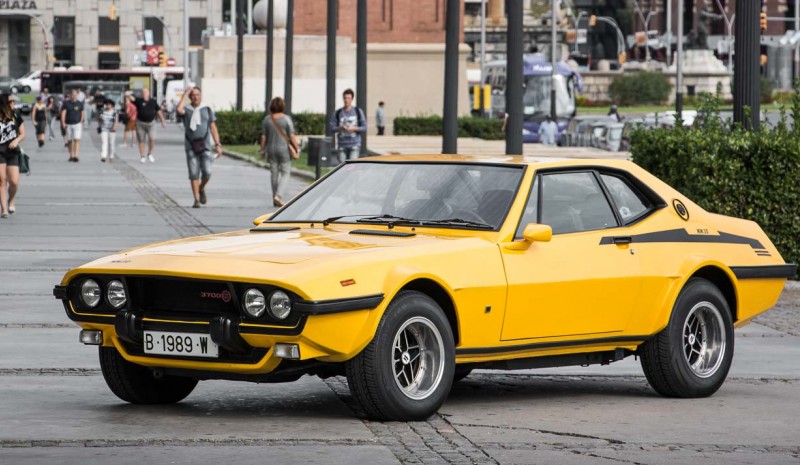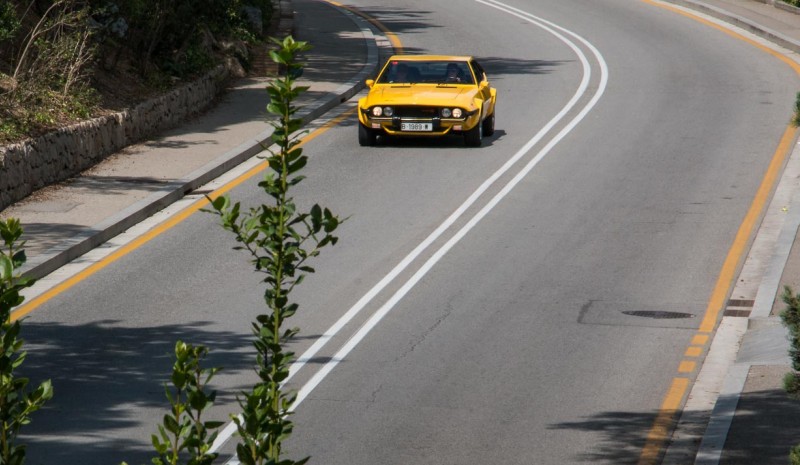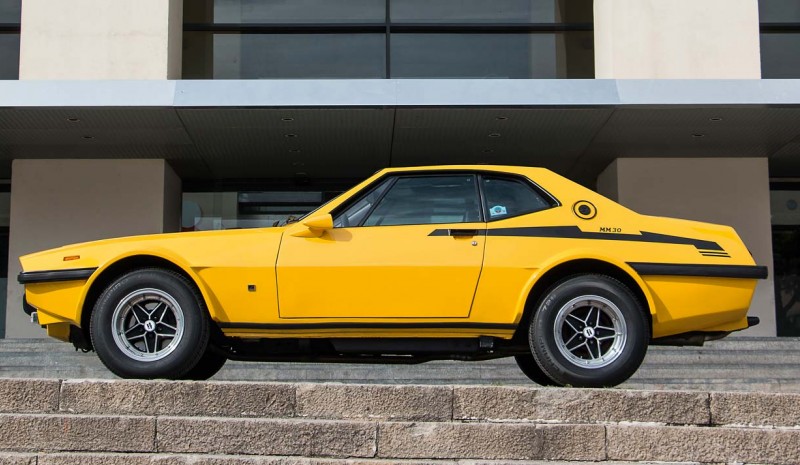Cars for remembrance: Dodge Serra Boulevard (video)
Not a Dodge Charger weird … but you seem so. This jewel of the Serra Boulevard family, is a unique muscle car technically privileged, is a 3700 GT MM30. There is not others equal.
Certainly, some cars do not speak except to scold you if you do not atas seat belt, or vacilarle Michael Knight in the tele-, but their presence can say a lot without words. And we are facing one of the most eloquent cars in history. If he Dodge Boulevard, with such only 18 units manufactured, it’s a real rarity by itself, the enhanced version MM30 (Stands for “Enhanced engine 30 CV‘) It is even more: Serra made this copy only would present in May 1973 at the Barcelona Motor Show. But its uniqueness does not end here: the MM30 was acquired on the first day of the contest by a buyer who took months waiting to be finished, and standing at the door at eight in the morning to be with him. Forty-two years later still it kept in perfect condition.
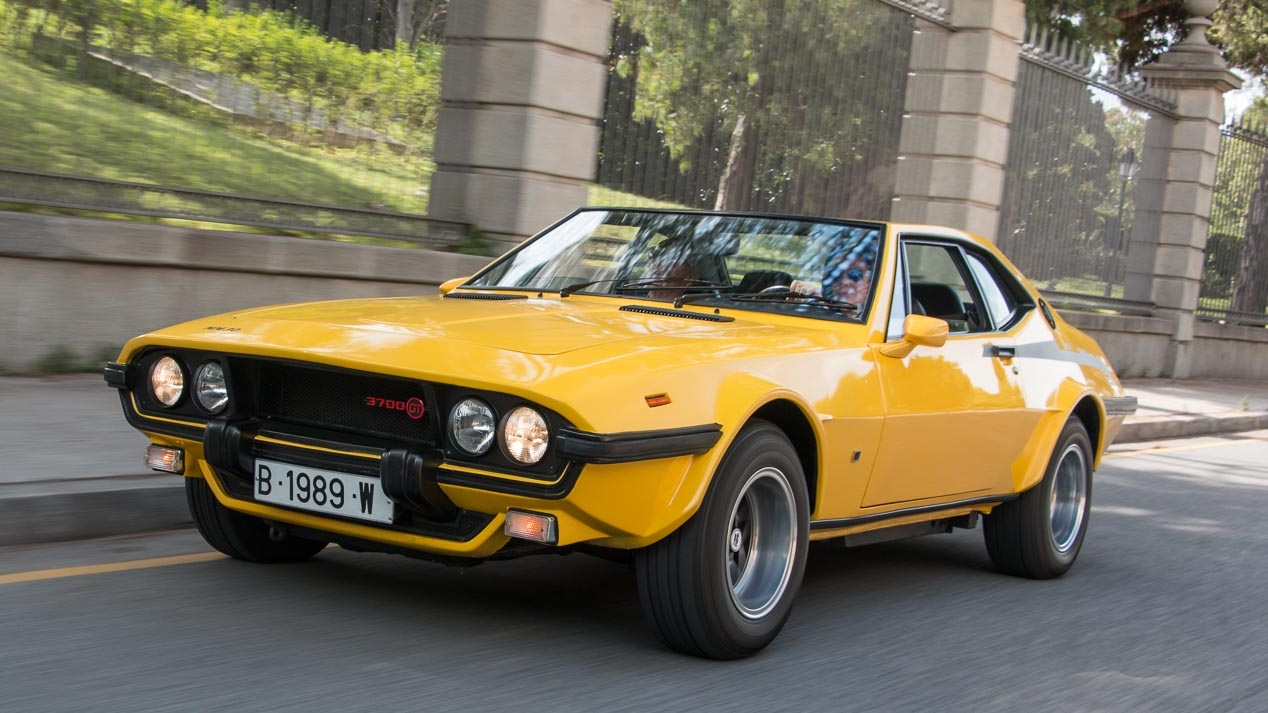
Driving the Dodge Serra Boulevard MM30
The first driving experience this Dodge Serra Boulevard is positive: driving position comfortable, complete and hand instrumentation, excellent steering feel assisted and change … The suspensions are GT 3700, including rigid rear axle, but endowed with front stabilizer bar, which in this vehicle, shorter, wider and lighter, they work more effectively. Considering its 1,200 kg, the MM30 moves enough agility and boasts a impeccable stability. That has the edge width generous pathways (1.5 meters) in relation to the content of the battle (2.4 meters).
Accompanied by the Surround dual exhaust We ascend to the top of Montjuïc (Barcelona), where we are fortunate to try. with those 30 hp Extra assumptions compared to the 165 hp of origin (ie, It has 195 HP), It is shown elastic and provides a progressive thrust. Clearly, you have more “chicha” than a normal Dodge, but grumbles to rush him in lower gears: loathes high speeds. And I do not think it’s for lack of setup. The “Slant 6» Dodge, Percheron six cylinder inclined 30 ° and a simple side camshaft, it was conceived in 1958 Endeavoring to move Dart and Valiant obedient first, and later pick-ups, trucks, tractors, harvesters, boats … Far, therefore, of any sports fickleness. Far…? Eye early 60s came the Hyper Pak option intake and retouched exhaust, carburetor Carter four bodies, camshaft largest crossing, valve springs and pushers and reinforced clutch, numbering fifty CV 145 of block 225 (3.7 liters); It was only available two years. Still, we’re not talking about a mechanical “muscle car”, but a engine with a maximum rotation rate of 5,200 laps, according to conservative architecture.
Dodge Serra Boulevard: fiberglass body
But let the Car strength, hidden under its smooth plastic skin: a tubular frame that fits the full forward -propulsor GT 3700, transmission shaft and suspension- subframe to the firewall, and the rear rigid bridge. Formed by a grid of rectangular-section tubes (probably 6×4), said structure supports fiberglass body built by Serra. The whole design is the work of French Michel Liprandi, technical little known by the general public who developed much of his career in Italy, and apparently an expert in fiberglass. During the 60s, he collaborated with various builders in development projects and industrialization of bodies made with this material, which would eventually become emblematic models such as Periscope Abarth OT 1300 and 2000 SE10, or the ASA 1000 GT.
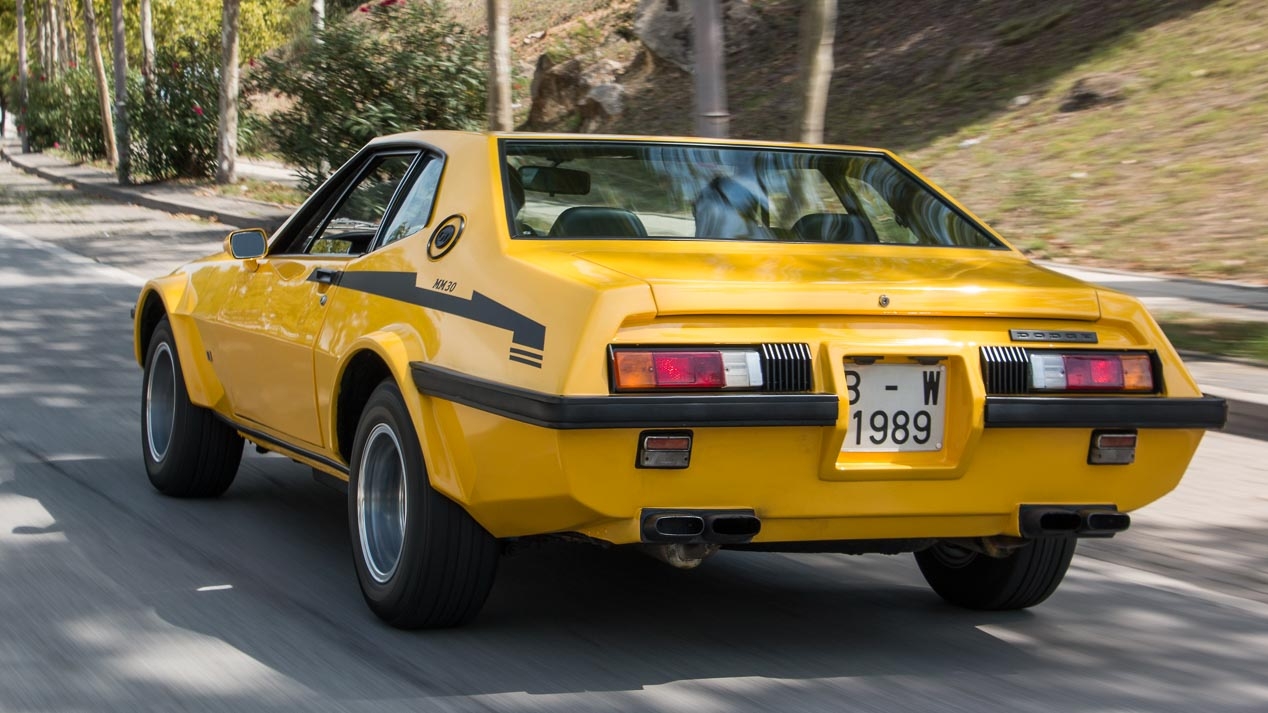
Despite his inexperience in synthetic conflicts, Serra He did not flinch as Xavier Rucabado, leading expert on the Boulevard explains, “not only he jumped into plastic, but he pulled him head the most modern techniques using silicone to fix the decorative elements of the car, creating a curious union of constructive styles: coexists with the thrifty artisan. That mixture provides a unique result in balance between sophisticated frames chrome window, sets trim finned hood together by worthy welds a goldsmith, and windshields glued and framed with flat chrome trim using silicone, a technique introduced by European manufacturers years later. “
He result is a unique vehicle, exceptional from the stylistic point of view, and worthy of the prestige of the specialist who gives name: decamped front hood, short trunk, remarkable track width and good sized wheels. All especially the car oozes style Interior- Italian of the time; its interior could be a Lamborghini or Maserati, until the wheel is a Nardi, and Yankee touch of classic ‘Shifter’ Hurst coachbuilder that has shot without a hair cut … Presented as a prototype at the Barcelona Motor Show 1972, the coupe Boulevard required 18 months of preparation, but development continues on and next spring would be outstanding news in the Catalan competition with MM30 version.
“The carrocero Mr. Serra presents this year three of his creations on 3700 Dodge mechanics”, then writes César Mora La Vanguardia. “The sport version is also improved mechanical, increases yield by 30 percent (!) Over the original. Some attachments feeding in their cars: polaroid glasses which they are actuated electrically; Special tires Delta Mix Kleber Colombes tires; upholstery and seats with exclusive design and, naturally (sic), air conditioning. Approximately 750,000 pesetas costs in the version of Serra, What equals more than 300,000 are factory as. But this work of high craftsmanship, luxury of pretending a model of unique features, well worth big difference. “
Besides aesthetic details, improvements of this great classic today consist Holley carburetor mounting a body double H2 instead of Carter BBD 4300S carrying the 3700 GT, manifolds exhaust and intake polished and retouched, and the casing to allow passage reformed address bar below. The gain is estimated at above 30 CV 165 (SAE) standard delivering perhaps somewhat optimistic figure but doable depending on the degree of preparation. We do not know who took her out, but apparently the stock was also planned, being increased compression ratio, and carburetor object of tinkering to give more flow to the second body.
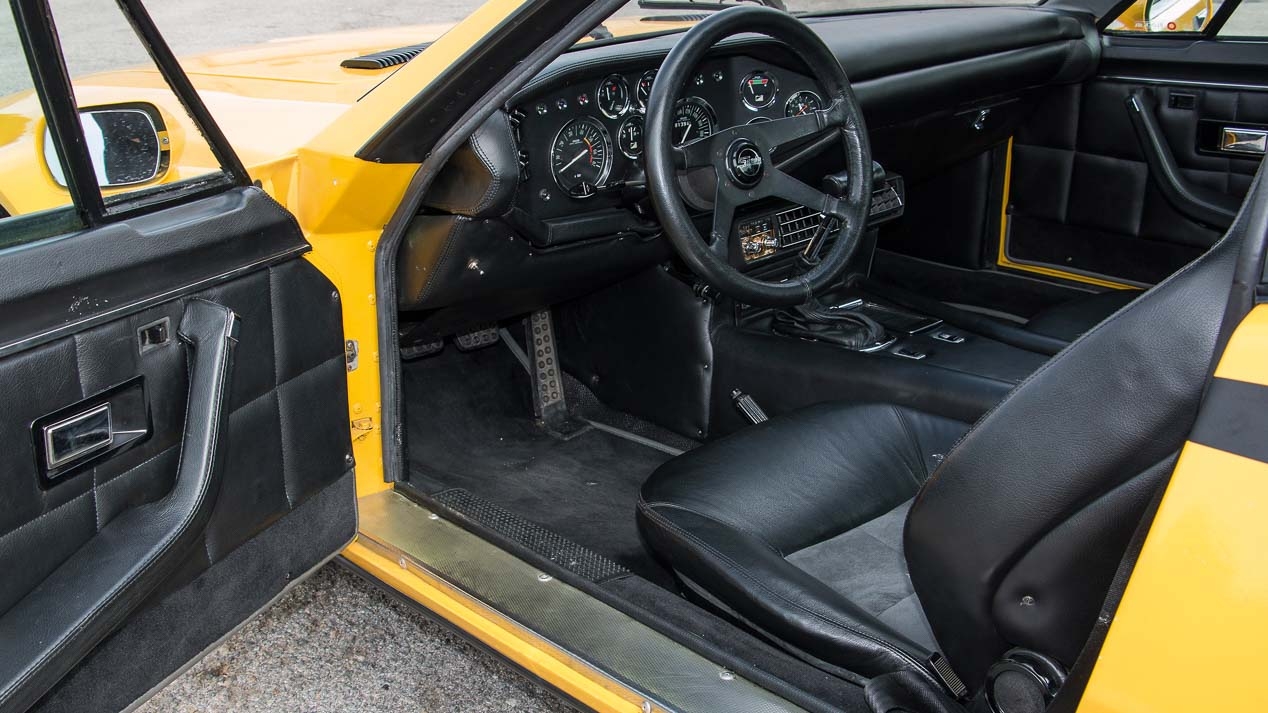
You may also like:
Cars for remembrance: Audi Quattro
Cars for remembrance: Citroën 2 CV
Cars for remembrance: Seat 127 and Fura

